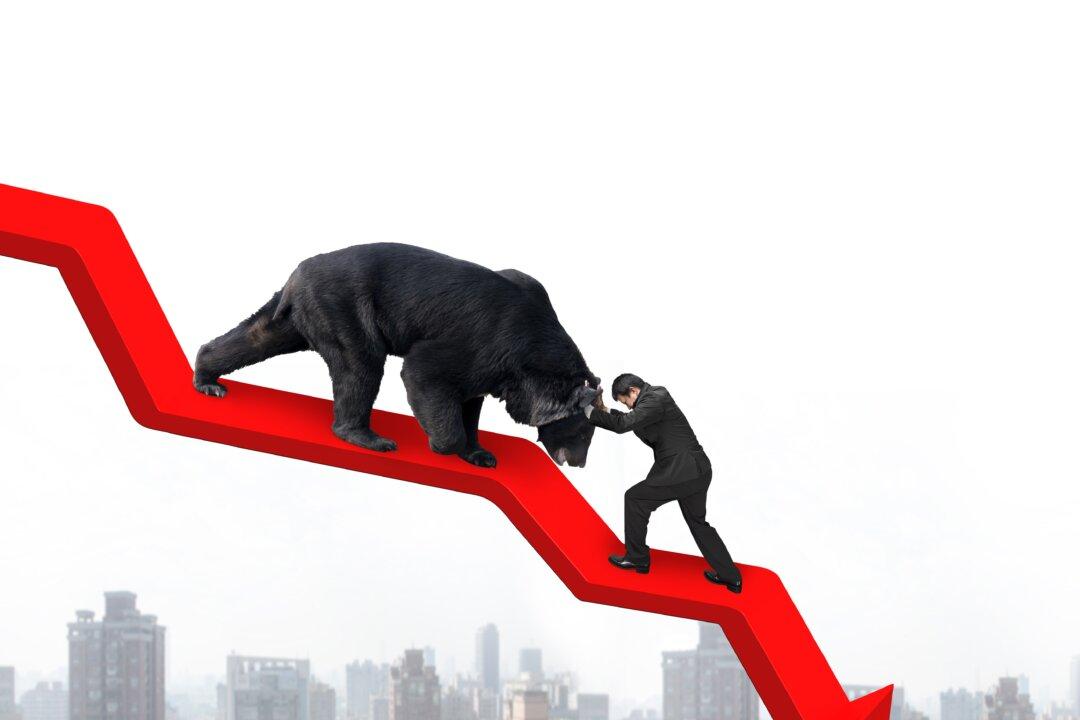I’ve never believed that “stop orders” (predetermined prices at which to sell on the downside or buy on the upside) get the respect they deserve. Not only can they offer an important risk management tool as part of a disciplined investment approach, but they can also serve as an early warning indicator of potential trouble ahead. Unfortunately, too few market participants consider using the stop order, which comes in several varieties. Maybe that’s because this tool has a negative connotation since it’s often associated with the term “stop loss order”—where the selling price is below the investor’s purchase price. Maybe it’s because a predetermined loss level isn’t an avenue investors wish to address as soon as they purchase an issue or “sell short”—where the investor, expecting a share price decline, borrows shares to sell through his brokerage firm in the hope of buying them back (referred to as “covering”) at a lower future price and profiting from the difference. Or maybe some consider the discipline as overly stringent. Whatever the reasons, they don’t make a convincing argument. Many years ago I wrote the following words in a Letters to the Editor column in Barron’s.
Technical analysis is the only discipline I know that can help control risk by the correct use of the oft-forgotten stop order—where emphasis is placed on capital preservation, not just capital appreciation. Since the market is a discounting mechanism, the reason for a sharp decline in a stock price often doesn’t surface until after the issue has plummeted. By then, many investors feel (wrongly) that it’s “too late to sell.” Thus, technical analysis has tremendous merit as an early warning signal. Most clients have difficulty understanding (and this is especially true in bear markets) that their companies are performing well fundamentally, yet the underlying stock is doing poorly. But by understanding that poor technical stock performance may be a warning sign of an impending fundamental development the client learns to anticipate changes, not simply follow them.
There are several ways to use the stop order. One is to have a “mental stop,” where you need to be at your computer or mobile device to see your stop price hit, and then enter your order. Another is to have a pre-entered stop order on either all or a portion of one’s position. If you’re not around to continuously monitor your position, that’s an option to consider. Yes, there’s always the possibility that you’ll be relieved of part or all of the position prior to the stock’s reversing course, but in the stock market, as in life, there are no guarantees. Volatility and uncertainty are its trademarks.
In the vast number of cases when placing a stop order below the market, I would not place a “limit” order (the lowest price I would accept once the stop is triggered). Remember, the reason you place a stop order to sell a particular security is to get out of it on the southerly end and take out some or all of your money. Placing a limit raises the possibility that you will not get out of a stock even if your stop price is hit. That’s a potential problem, particularly if you own the bulk of your position as opposed to the last bit you’re trying to dispose of. The risk is simply too great.





